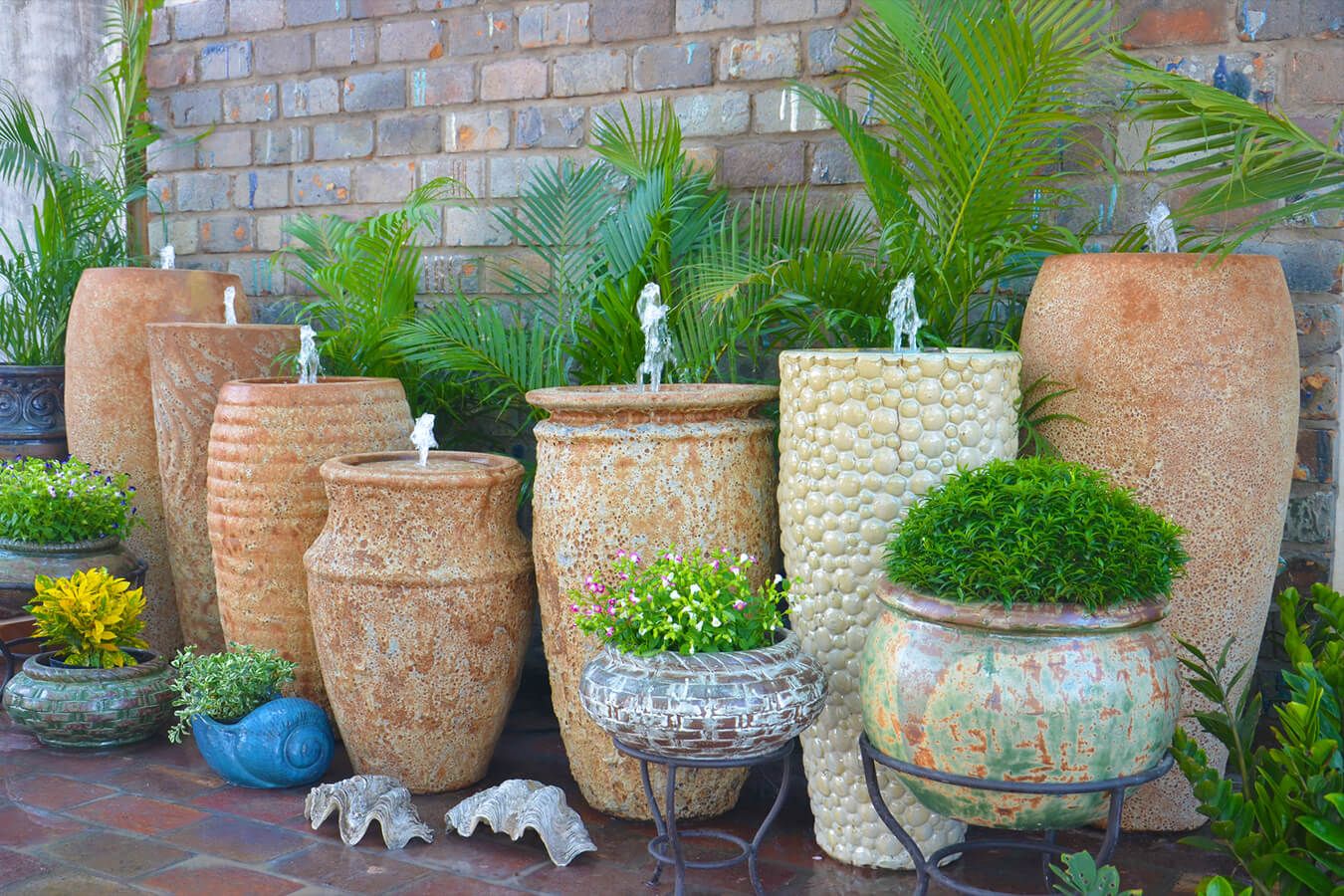The Legacy of Ceramic Pots in San Francisco Gardens

San Francisco, a city renowned for its eclectic taste and cultural diversity, boasts a unique and rich tradition in ceramic arts that extends into the realm of garden design. Ceramic pots, in particular, play a significant role in the aesthetic and functional aspects of the city’s private and public gardens.
This tradition of using ceramic pots in gardens is not just about utility but is deeply intertwined with the cultural and historical fabric of the city, reflecting influences from various immigrant groups, local artisans, and the city’s own dynamic history.
Historical Influence and Evolution
The history of ceramic pots in San Francisco’s gardens dates back to the early days of the city’s development when settlers and immigrants brought with them their native gardening practices and styles.
Chinese immigrants, for instance, introduced their traditional ceramic vessels, which were not only practical for gardening but also imbued with cultural significance. These pots often featured intricate designs and glazes, which added a decorative element to the gardens. Similarly, Spanish and Mexican influences contributed styles and techniques that have been incorporated into the local ceramic production, influencing the shapes, colors, and finishes of the pots made in the region.
During the Arts and Crafts movement in the early 20th century, there was a significant revival and appreciation for handcrafted goods, including ceramic pottery. Local artisans in San Francisco embraced this movement, creating pots that emphasized natural colors and textures that blended harmoniously with the outdoor environment. This period saw the emergence of many local potteries that began to establish the city’s reputation for high-quality and artistically-crafted ceramics.
Artistic and Cultural Significance
The use of ceramic pots in San Francisco gardens is more than just a practical consideration; it is a statement of style and a reflection of personal and cultural identity. Each pot carries with it a story—a narrative of the earth from which it was made, the hands that shaped it, and the gardens it has adorned. For many San Franciscans, these pots are a way to express individuality while honoring a tradition that blends art with nature.
The variety found in the designs of these pots is vast, reflecting the city’s melting pot of cultures. From bold, contemporary shapes and colors that match the modernist architecture to more subdued and rustic styles that complement traditional Victorian homes, there is a ceramic pot for every garden and gardener in San Francisco.
This diversity not only enhances the visual appeal of the city’s gardens but also supports a vibrant community of local artists and craftspeople who continue to innovate and preserve the tradition of ceramic craftsmanship.
Environmental Impact and Sustainability
Ceramic pots also align well with San Francisco’s strong ethos of environmental sustainability. Unlike plastic pots, which are derived from non-renewable resources and often end up in landfills, ceramic pots are made from natural materials and are completely recyclable. They also contribute to the health of garden plants by facilitating better air circulation to the roots and moderating soil temperature and moisture levels.
Moreover, the production of ceramic pots supports local economies and reduces the environmental footprint associated with transporting goods over long distances. By choosing local and handmade ceramic pots, gardeners in San Francisco can reduce their carbon footprint while supporting artisans and small businesses that prioritize sustainable practices in their production processes.
The Role of Ceramic Pots in Contemporary Garden Design
In contemporary garden design, ceramic pots are not merely containers but pivotal design elements that can define the entire layout and theme of a garden. Landscape architects and garden designers in San Francisco often use these pots as focal points, playing with different sizes, colors, and textures to create visually striking compositions. These pots can be strategically placed to guide the eye or to highlight specific plants or areas of the garden.
Additionally, in a city like San Francisco, where space is at a premium, ceramic pots offer a flexible solution for gardening in small spaces such as balconies, rooftops, and patios. They allow urban dwellers to maximize their green spaces creatively and efficiently, proving that even in an urban setting, one can cultivate a lush and productive garden.
Conclusion:
The legacy of ceramic pots in San Francisco’s gardens is an ongoing story of art, culture, and sustainability. As new generations of artisans continue to emerge and innovate, they carry forward the torch of a craft that deeply respects both cultural heritage and environmental stewardship. For residents and visitors alike, the ceramic pots of San Francisco offer a unique insight into the city’s enduring love affair with gardening, art, and community living, making them not just functional garden accessories but enduring symbols of the city’s vibrant and diverse identity.







